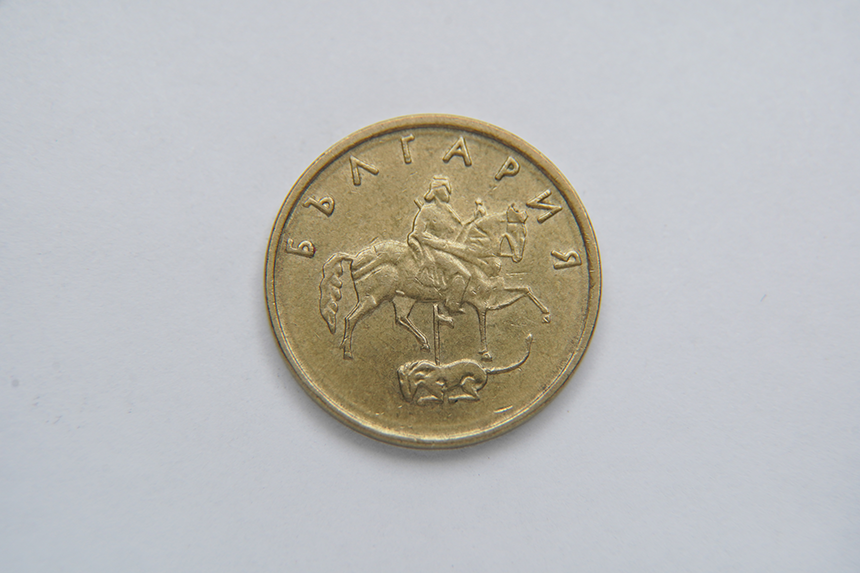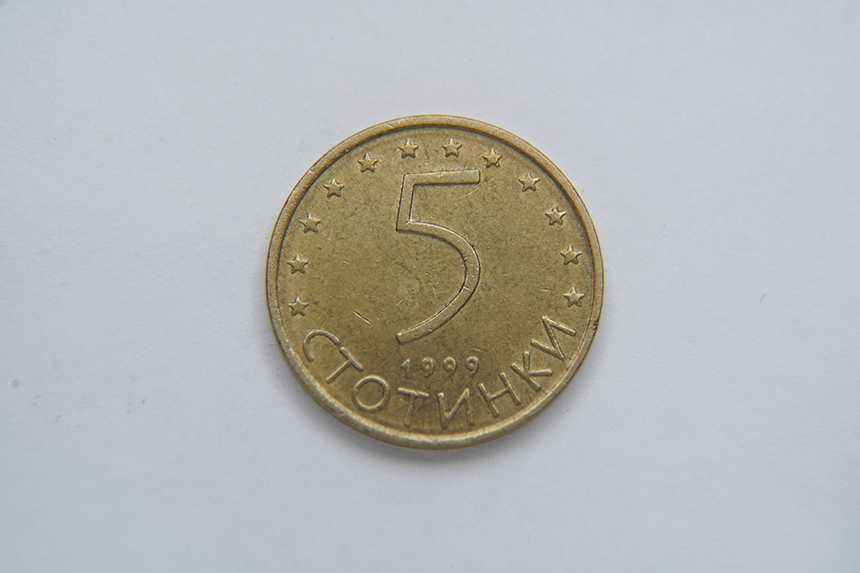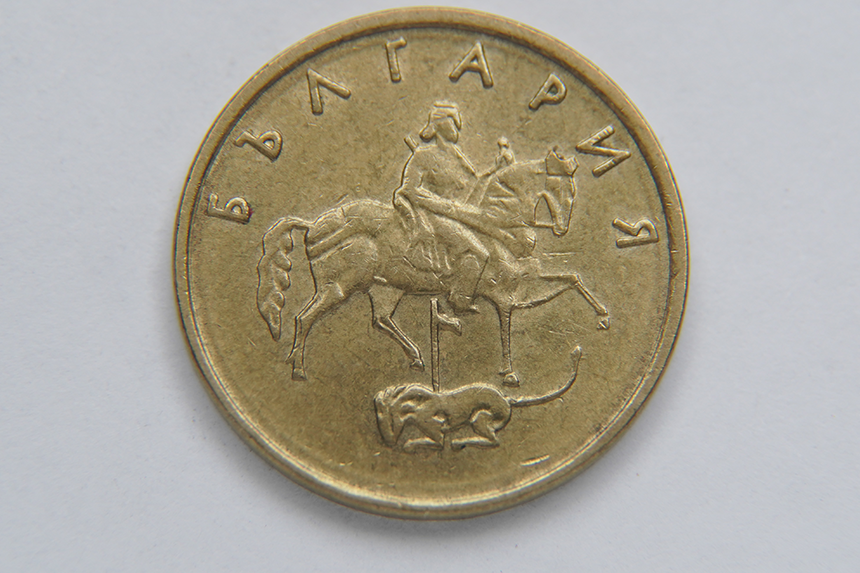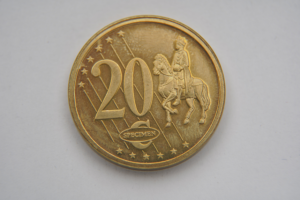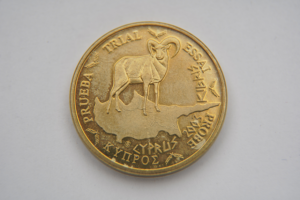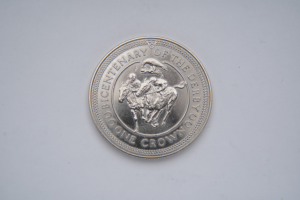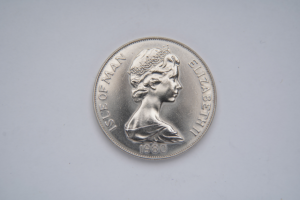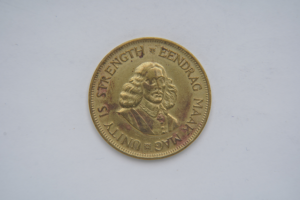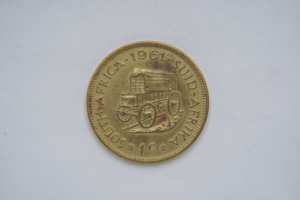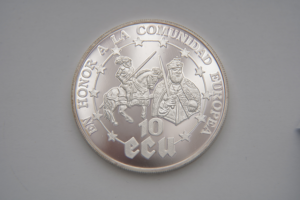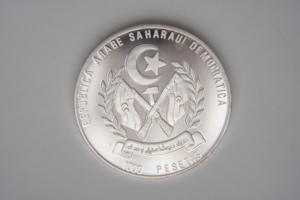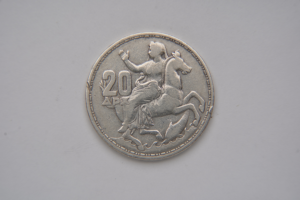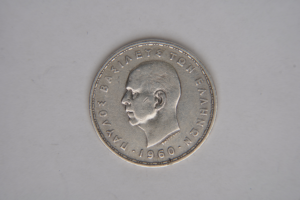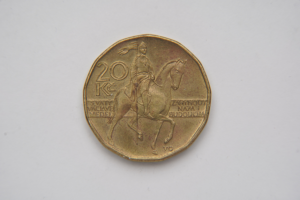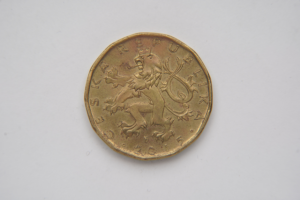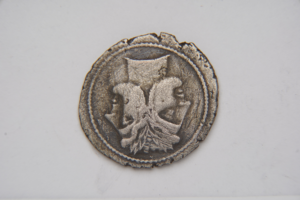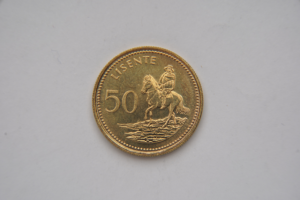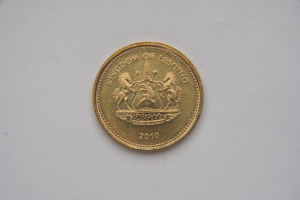Life of Bulgaria in the Turkish yoke.
Reverse of the coin.
Big size of obverse of the coin.
More information
Life of Bulgaria in the Turkish yoke.
So here we have the Bulgarian stotins, nominal - 5. The year of issue of this coin is 1999, mint: Sophia, Bulgaria. Total circulation – 3.453.025.
The five centuries from 1396 to 1878, known as the era of the “Turkish yoke,” are traditionally seen as a period of darkness and suffering. Both national and ecclesiastical independence were lost.
The Bulgarian nobility was destroyed its members either perished, fled, or accepted Islam and Turkicization and the peasantry was enserfed to Turkish masters. The “blood tax” took a periodic levy of male children for conversion to Islam and service in the Janissary Corps of the Ottoman army.
Bulgaria did not change radically in its religious or ethnic composition during the Ottoman period, for the Turks did not forcibly attempt to populate Bulgaria with Turks or to convert all Bulgarians to Islam. With the exception of the people of the Rhodope Mountains who were converted and some Catholic communities based in the northwest, the Bulgarian population remained mainly within the Orthodox church.
Although Turkish administrators were established in the towns and countryside, Turkish peasants did not settle in Bulgaria in large numbers, and those who did immigrate were concentrated in the southern and eastern parts of the country and in some of the valleys of Macedonia and Thrace. In the 15th and 16th centuries Turkish authorities permitted the immigration of Jewish refugees from the Christian West.
Object data
Title
Life of Bulgaria in the Turkish yoke.
Artist
Both sides: Vladimir Yossifov, Petar Stoikov.
Founder
Sophia, Bulgaria.
Date
1999.
Culture
Bulgaria.
Medium
Aluminum bronze.
Dimensions
3.5x20x1.6.
Classification
Coin.

